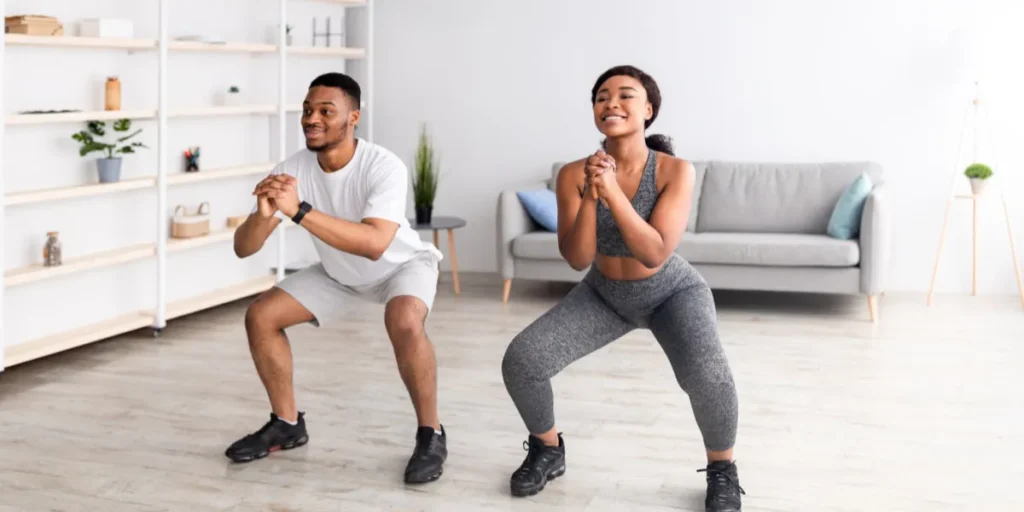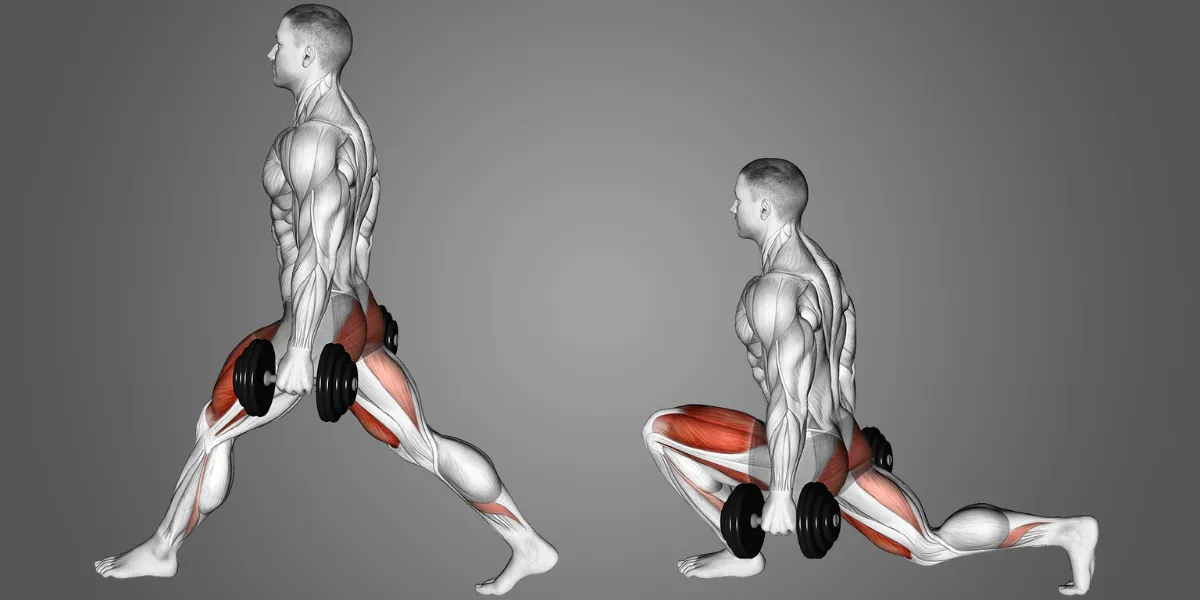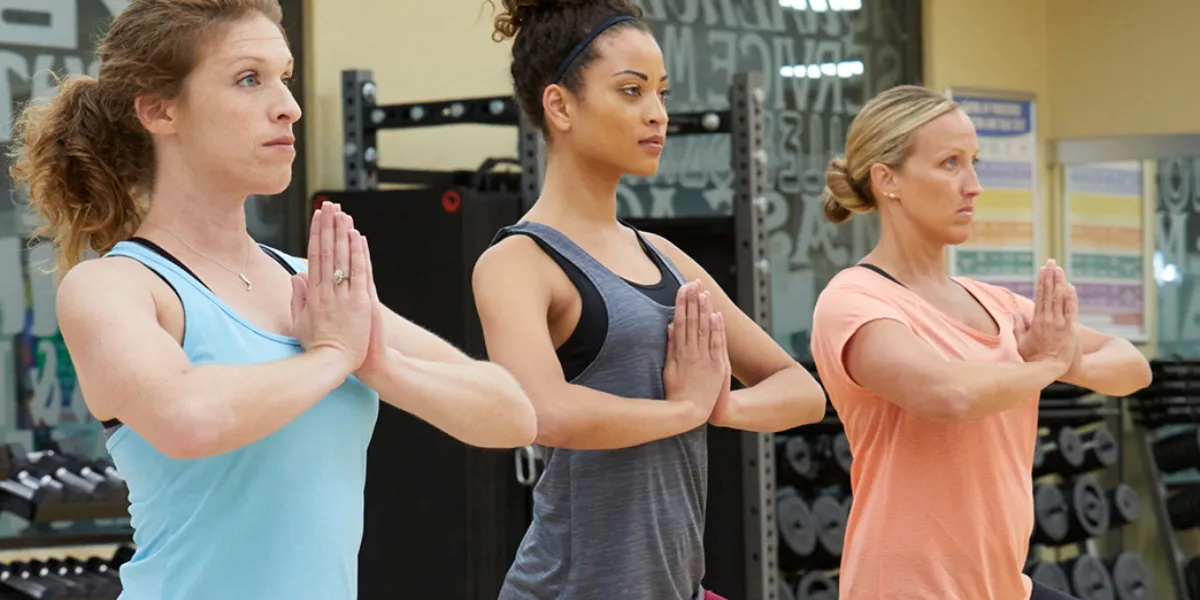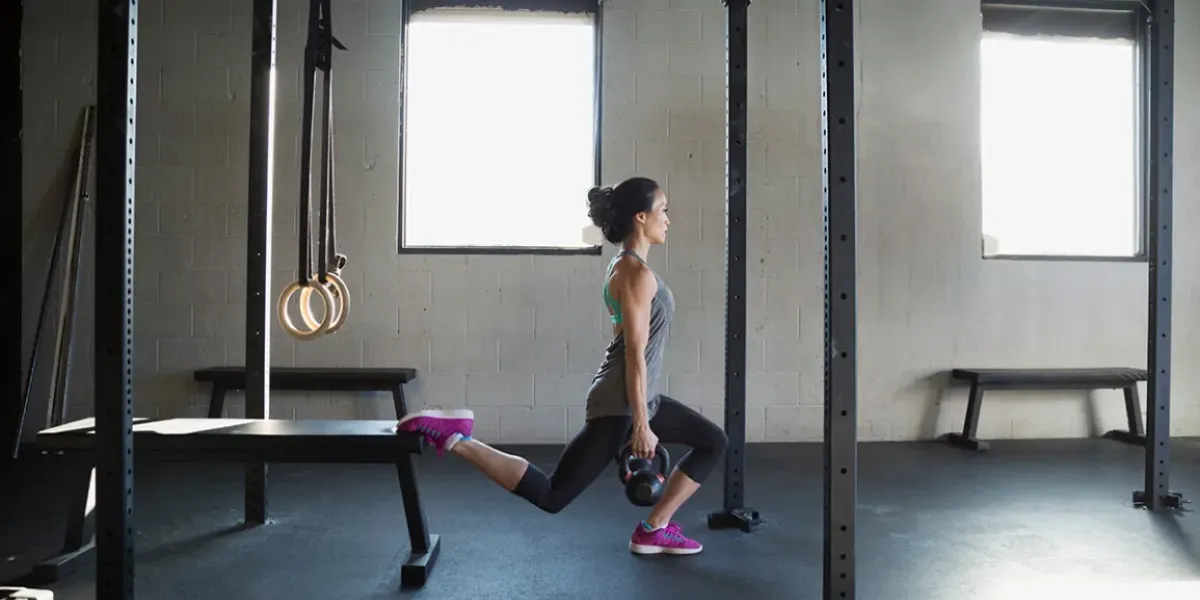The humble squat is a powerful exercise that targets multiple muscle groups in your lower body, core, and even your back. But with so much conflicting information out there, you might be wondering: how many squats should I do a day?
The truth is, there’s no one-size-fits-all answer. The ideal number of squats depends on your fitness level, goals, and overall workout routine. This article will guide you through everything you need to know to find your perfect squat routine.
Table of Contents
ToggleUnderstanding Your Fitness Level
Before diving into squats, it’s crucial to assess your current fitness level:
- Beginner: If you’re new to exercise, start slow and focus on proper form. Aim for bodyweight squats or squats with light weights.
- Intermediate: You can increase the number of squats per set and the overall workout volume. Consider incorporating weighted squats.
- Advanced: You can challenge yourself further with advanced variations, higher weights, and more complex squat routines.
Setting Your Squats Goals
What are you hoping to achieve with your squats? Here are some common goals and recommended squat variations:
- Build muscle: Focus on 3 sets of 8-12 repetitions with heavier weights.
- Maintain muscle: Aim for 2-3 sets of 10-15 repetitions with moderate weights.
- Lose weight: Engage in 3-4 sets of 15-20 repetitions with lighter weights or bodyweight squats.
- Improve endurance: Perform 3 sets of 20-30 repetitions with bodyweight squats or light weights.
Crafting Your Squat Routine
Here’s how to structure your squat workout:
- Warm-up: Prepare your body with 5-10 minutes of light cardio and dynamic stretches.
- Squats: Choose your desired variation and perform the recommended sets and repetitions based on your goals.
- Cool-down: Include static stretches to improve flexibility and reduce muscle soreness.
Sample Squat Routines
Here are some examples to get you started:
Beginner:
- 2 sets of 10 bodyweight squats, 2 times a week
Intermediate:
- 3 sets of 12 squats with dumbbells, 3 times a week
Advanced:
- 5 sets of 8 squats with barbell, 2 times a week
Listen to Your Body
Remember, it’s essential to listen to your body. Start slow, gradually increase intensity, and take rest days when needed. If you experience pain, stop the exercise and consult a healthcare professional.
Specific Squat Questions Answered:
While the previous article provided a general guideline, here’s a more specific answer to your questions about the number of squats:
1. How many squats should I do a day to see results?
There’s no magic number. It depends on your fitness level and goals:
- Beginners: Start with 2-3 sets of 10-15 bodyweight squats, 2-3 times a week. Focus on proper form.
- Intermediate: Aim for 3 sets of 8-12 repetitions with light weights, 3-4 times a week.
- Advanced: You can push yourself with 4-5 sets of 5-8 repetitions with heavier weights, 2-3 times a week.
2. What happens if I do 100 squats a day?
Doing 100 squats daily might be excessive, especially for beginners. It can lead to fatigue, muscle soreness, and potential injury. It’s better to focus on proper form and gradually increase intensity over time.
3. Will doing 100 squats a day make my bum bigger?
Squats can help tone and strengthen your glutes, but not necessarily “make them bigger.” Muscle growth depends on factors like genetics, diet, and overall workout plan.
4. Is 20 squats a day good?
20 squats a day can be a good starting point for beginners, especially if done with proper form and incorporated into a balanced routine.
5. What if I do 500 squats a day?
500 squats is highly excessive and can lead to overtraining and injury. It’s more important to focus on progressive overload (gradually increasing difficulty) than sheer volume.
6. Is 50 squats a day a lot?
The number itself isn’t as important as the intensity and your fitness level. 50 squats with body weight might be suitable for beginners, but with weights, it could be too much.
Remember:
- Listen to your body: Start slow, increase gradually, and take rest days.
- Focus on form: Proper technique is crucial to avoid injuries and maximize results.
- Consult a professional: If you’re unsure or have any concerns, seek guidance from a certified trainer or healthcare professional.

FAQs about Squats
1. How often should I squat?
Aim for 2-3 squat workouts per week, with at least one rest day in between.
2. Should I squat every day?
It’s not recommended for beginners or those new to exercise. Rest days are crucial for muscle recovery.
3. What are some common squat variations?
There are many variations, such as bodyweight squats, jump squats, Bulgarian split squats, and goblet squats.
4. Can I do squats without weights?
Absolutely! Bodyweight squats are a great way to start and build a strong foundation.
5. What if I have knee problems?
Consult a doctor or physical therapist before starting any new exercise program, especially if you have pre-existing knee conditions.
6. How can I improve my squat form?
Focus on keeping your back straight, core engaged, and knees tracking over your toes. Record yourself and seek feedback from a trainer or fitness professional if needed.
7. Is it okay to feel sore after squats?
Mild muscle soreness is normal after exercise, but pain is not. If you experience pain, adjust your routine or seek professional guidance.
8. How long does it take to see results from squats?
Consistency is key. You’ll start to see results in terms of strength, endurance, and muscle definition within weeks or months, depending on your effort and overall fitness plan.
9. Can squats help me lose weight?
Squats are a great calorie-burning exercise and can contribute to weight loss efforts when combined with a healthy diet.
10. Should I squat before or after other exercises?
You can incorporate squats into your lower body workout routine or perform them as a standalone exercise.
Conclusion
Squats are a versatile and effective exercise that can benefit people of all fitness levels. By understanding your goals, listening to your body, and gradually increasing the challenge, you can incorporate squats into your routine and reap the rewards of a stronger, healthier you.














